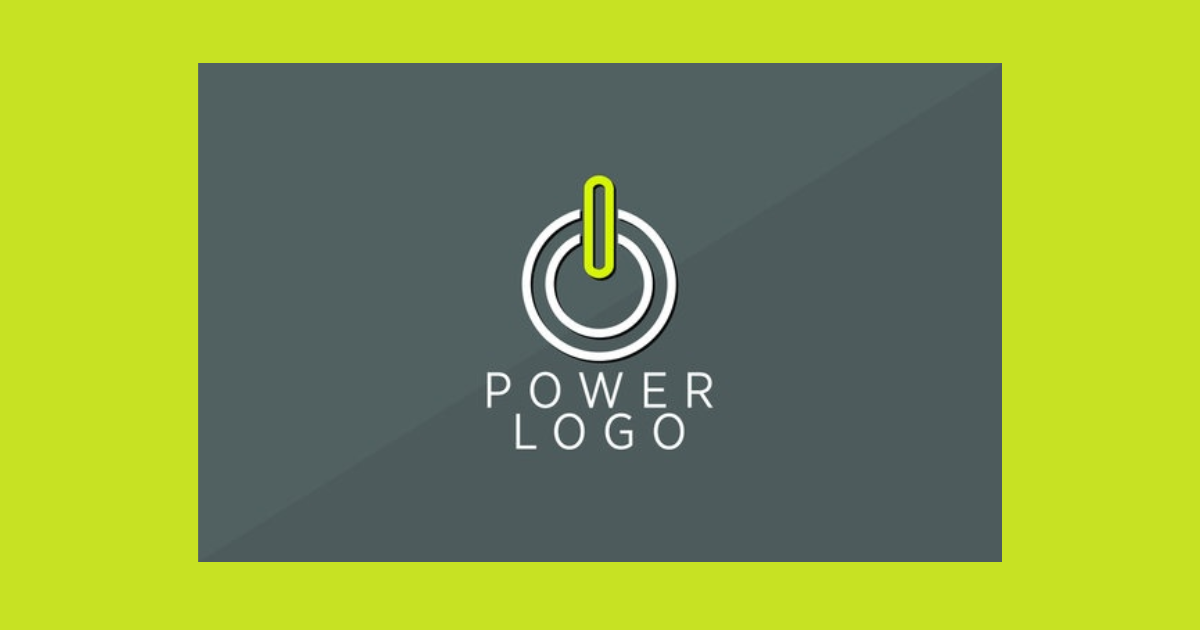We’re excited to start your trip through the realm of logo design! Regardless of your level of experience, creating a compelling logo that effectively represents a company is fascinating. The four guiding concepts that will put you on the path to designing exceptional logos are examined in this article. Let’s get started and learn how to create distinctive logos.
Principles for logo design:
Keep It Simple, Yet Memorable
The first principle we’ll explore is simplicity. In the world of logo design, simplicity is your secret weapon. Why, you ask? Well, because simplicity allows your logo to communicate the brand’s message effectively. Here’s why it’s crucial:
Clarity is Key: An overly complex or busy logo can muddy the waters and fail to convey your brand’s essence clearly.
Easy Recall: A simple design is easy to remember, which is a win-win for your brand. You want your logo to stick in the minds of your audience.
Emotional Connection: Simple logos tap into the emotions of consumers. Brands aim to connect with their audience on an emotional level, and a straightforward logo design helps achieve just that.
Remember, when it comes to logos, less is often more. Simplicity should be your guiding star.

Scaling for Success
Now, let’s talk about scalability. Your logo won’t live only on large billboards or websites; it will appear on business cards, mobile apps, and various marketing materials. That’s why scalability is crucial:
Size Matters: Think beyond the big screen. Does your logo become a blurry mess when scaled down? If it does, it’s time for some adjustments.
Smartphone Friendliness: With smartphones being a ubiquitous resource, ensure your logo looks great even on small screens.
Scalability ensures that your logo remains visually appealing, regardless of where it’s displayed. It’s all about making a lasting impression, no matter the size.
The Power of Legibility
Our third principle is legibility. Your logo should be instantly legible and recognizable. Confusing, abstract designs can leave viewers scratching their heads. Here’s what you should keep in mind:
Clear as Day: Your logo should convey its message clearly, without causing confusion.
Text-Based Logos: If your logo involves text, pay close attention to details like spacing, size, font weight, and pairing. Clarity is key here.
Avoid Overcomplication: Clever isn’t always better. A memorable and straightforward logo should be your goal.

Relate to Brand and Audience
Lastly, let’s talk about relatability. Your logo must relate to the brand’s message and target audience:
Brand Voice: Consider the brand’s voice – is it friendly, modest, or superior? Your logo should reflect that voice in a simple and memorable design.
Connecting with the Audience: How your logo relates to the brand and its target market is essential for the success of the business.
These four principles – simplicity, scalability, legibility, and relatability – are the pillars of logo design success. Whether you’re designing for a well-established brand or a startup, always keep these principles in mind. Bookmark this guide for your future logo design projects, and watch as your logos elevate your brand’s identity to new heights. Happy designing, and may your logos leave a lasting impression!
Frequently Asked Questions (FAQs)
Why is simplicity so important in logo design?
Simplicity is crucial in logo design because it allows for easy recognition and memorability. A simple logo is more likely to convey the brand’s message clearly and create an emotional connection with consumers. Complex logos can confuse and dilute the brand’s identity.
What does scalability mean in logo design?
Scalability refers to the logo’s ability to maintain its visual appeal when resized for various applications. It ensures that the logo looks great on everything from a business card to a billboard. With the prevalence of small screens on smartphones, scalability has become even more critical.
How can I ensure legibility in my logo design?
Legibility in logo design is essential to prevent confusion and maintain recognizability. To ensure legibility, pay attention to factors such as font choice, spacing (kerning), size, and font weight. Avoid overly complex or abstract designs that might hinder clarity.
Why is it important for a logo to relate to the brand and target audience?
A logo is a visual representation of a brand’s identity. It should align with the brand’s voice, values, and message to create a cohesive and relatable image. Connecting with the target audience through the logo helps build trust and recognition, ultimately leading to brand success.
Related Articles:
Logo Design with Circle Shape. Easy Guide.








